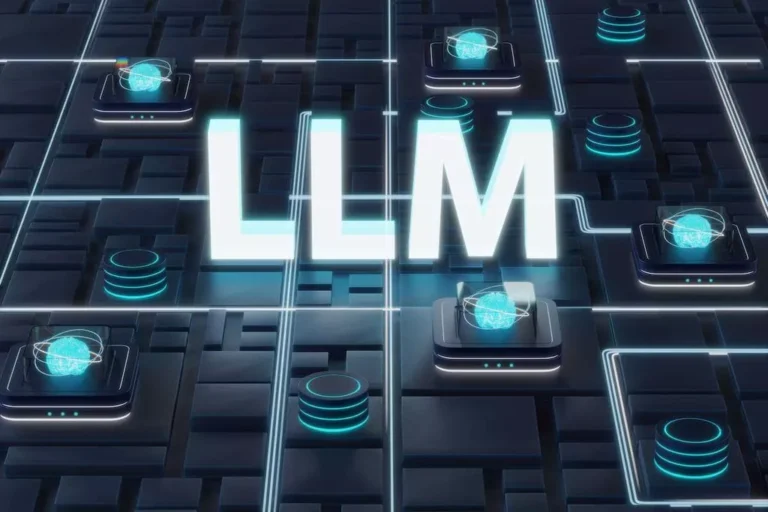Without a clearly defined problem, it’s inconceivable to correctly establish the foundation causes. This IASSC-accredited program teaches how to ai trust establish and remove waste, scale back defects, and improve process efficiency throughout numerous industries. These are generally known as “sentinel” incidents, as they reveal a harmful flaw within the care supplied and prompt a direct investigation and response. We additionally study its definition, history, advantages, approaches, course of, rules, suggestions, and tips on how to be taught extra.
Root Trigger Analysis (rca) Methods For Effective Problem Fixing
- Now that you understand how to create a Root Cause Analysis template, it’s time to put it into action the following time an issue arises in your group.
- Security teams should document the incident’s scope, impact, and affected methods while creating a detailed downside assertion that captures the incident’s nature and severity.
- Looking past superficial trigger and impact, RCA can present where processes or systems failed or brought on a problem within the first place.
- Analysis is just as good as what we do with that evaluation, so the third aim of RCA is important.
You have to accurately determine define root cause the root reason for an inefficiency in order to derive an answer that may reduce or eliminate a non-conformance. Be sure to take your time, as a outcome of when the root trigger is incorrectly identified, the team is unlikely to find an optimized answer, which finally ends up in wasted time and effort. A root trigger is the issue that causes a specific scenario, corresponding to a non-conformance. When a root cause is correctly addressed with course of enchancment techniques, the outcomes return a situation or metric again to the specified conforming results. Pareto charts combine the features of bar charts and line charts to understand the frequency of the organization’s most typical root causes. The chart shows root causes in descending order of frequency, starting with the most common and possible.
Efficient Instruments To Determine Root Trigger
The 5 Whys root cause evaluation method is useful for fixing easy problems or identifying root causes in a brief period of time. This simple yet effective strategy involves asking “why” questions to establish the root cause of a problem. Fourth, causal graphs usually have many levels, and root-cause evaluation terminates at a degree that’s “root” to the eyes of the investigator. Switching vendors may have been due to management’s need to save cash, and a failure to seek the assistance of with engineering staff on the implication of the change on upkeep procedures.
Six Sigma Vs Lean Six Sigma: Which Methodology Is Right For Your Business?
Thus, whereas the “root cause” proven above may have prevented the quoted recurrence, it would not have prevented different – perhaps extra severe – failures affecting other machines. A well-designed RCA template is an invaluable software for any organization aiming to boost problem-solving and prevent future points, significantly over the lengthy run. By following this step-by-step guide, you’ll have the ability to create a template tailor-made to your team’s needs, making certain that you handle the true root causes of problems somewhat than just the symptoms. This method not solely boosts operational effectivity but in addition helps keep larger standards of quality and productiveness. Problems are part of each business, however the capability to resolve points successfully is what units profitable organizations aside from the rest. One powerful device for getting to the depths of the problems and solving them is Root Cause Analysis (RCA).
The group then addresses every root cause that’s prone to end in failure. For a Lean Six Sigma professional, the power to establish the underlying causes of issues and develop efficient solutions for improving processes and outcomes is a prized skill. As such, you should understand and know the way to perform root cause evaluation.

As a outcome, in the minds of management, all ‘RCA’ approaches are often viewed as equal. While there are many totally different approaches to Root Cause Analyses, most of the strategies boil down to the following 5 steps. Think of diagnoses made in drugs, figuring out the supply of an epidemic, accident evaluation and occupational health. Despite the truth that there seem to be no clear definition of the variations in the objectives among the many various approaches, there are some frequent rules that could be considered to be universal. It is also possible to define a basic process for performing an Root Cause Analysis.

Cause Mapping root trigger analysis flattens drawback fixing by deferring to the people within the group who know the way well current processes truly work. A robust prevention culture makes it easier for people to share what they know. Front-line personnel, administration, and technical specialists are all an integral a half of a company’s overall problem-solving efforts. The Fishbone Diagram is a visual software that helps teams establish potential root causes of a problem. The fishbone diagram organizes and categorizes potential causes, making it simpler to establish the basis trigger. A methodical strategy to incident investigation ensures a thorough examination of all potential causes and contributing components.
Implementing these enhancements not only resolves the immediate drawback but also enhances overall productiveness and efficiency in your organization. Analyze the collected knowledge to pinpoint potential causes of the issue. This might start with brainstorming after which utilizing tools corresponding to cause-and-effect diagrams or the “5 Whys” method to delve deeper into the difficulty. Determine the causes that are more than likely to have contributed to the issue and classify them as both root causes or contributing elements.

Barrier analyses are based on the concept correct limitations can forestall problems and incidents. This kind of RCA, often utilized in danger administration, examines how the absence of applicable obstacles led to an issue and makes ideas for installing obstacles that stop the issue from reoccurring. Once the RCA group has an exhaustive listing of possible causes and contributing factors, it’s time to determine the basis causes of the issue. Analyze every attainable trigger and examine the actual impact of every one to figure out which potentialities are the most problematic, which of them have similarities and which ones could be altogether eradicated.
This method, you possibly can clear up and tackle the foundation of the problems instead of simply treating smaller symptoms. A great way to have a look at the proactive/reactive picture is to contemplate the Bowtie Risk Assessment model. To the left, are the anticipated hazards and the road of defenses put in place to prevent these hazards from causing events. The line of defense is the regulatory requirements, relevant procedures, physical limitations, and cyber barriers which are in place to manage operations and prevent occasions.
This is finished by correlating the sequence of events with the size, nature, and timing of the issue. One approach to detect underlying causal elements is to make use of clustering and knowledge mining. Most organizations mistakenly use the term “root cause” to establish one main cause. Focusing on a single cause can restrict the solutions set, resulting within the exclusion of viable options.
The process sometimes consists of a group of experts who use varied tools and methods to assemble and analyze information. Once the basis trigger has been recognized, the team develops a plan to address the foundation trigger and forestall future occurrences of the problem. Root cause evaluation is a problem-solving process that seeks to determine the underlying cause of a problem or problem. It’s a systematic method that goes beyond simply identifying symptoms and aims to uncover the foundation cause of the issue.
It helps you understand shifting situations round your organization and make sure that your efforts are related and sustainable. The first step in a root trigger evaluation is identifying crucial performance or opportunity gaps dealing with your staff, department, or group. Performance gaps symbolize how your group falls brief or fails to deliver on its capabilities, whereas alternative gaps replicate something new or innovative it could do to create worth. If you’re a leader who needs to problem-solve effectively, here’s an outline of root trigger evaluation and why it’s essential in organizational leadership. As we carry out a root trigger analysis, it’s necessary to pay attention to the method itself. Find out if a sure approach or methodology works greatest on your specific enterprise needs and environments.
The team then addresses the basis trigger whose answer supplies essentially the most important benefit to the group. Before we go to discover how varied industries and organizations benefit from implementing RCA, let us talk about the primary objectives of root cause analysis. RCA was first used in the healthcare trade to deal with adverse occasions and improve affected person safety. The Institute of Healthcare Improvement (IHI) developed the RCA course of in the late 1980s, and it rapidly grew to become a normal tool for improving affected person safety and high quality of care.
Effective solutions should make a change to how people execute work course of. Ethical, proactive, well-run companies and organizations with a reactive approach will both encounter issues, but the former will expertise fewer and recover faster as a result of they prioritize root cause analyses. The origins of root trigger evaluation can be traced again to the late nineteenth century when it was used within the manufacturing trade to enhance production processes. In the twentieth century, it was further developed and utilized to a broader range of industries, including healthcare and aviation. Explore our on-line certificate courses Organizational Leadership and Leading Change and Organizational Renewal to dive deeper into root cause evaluation to ensure your company’s long-term success.
Transform Your Business With AI Software Development Solutions https://www.globalcloudteam.com/ — be successful, be the first!
